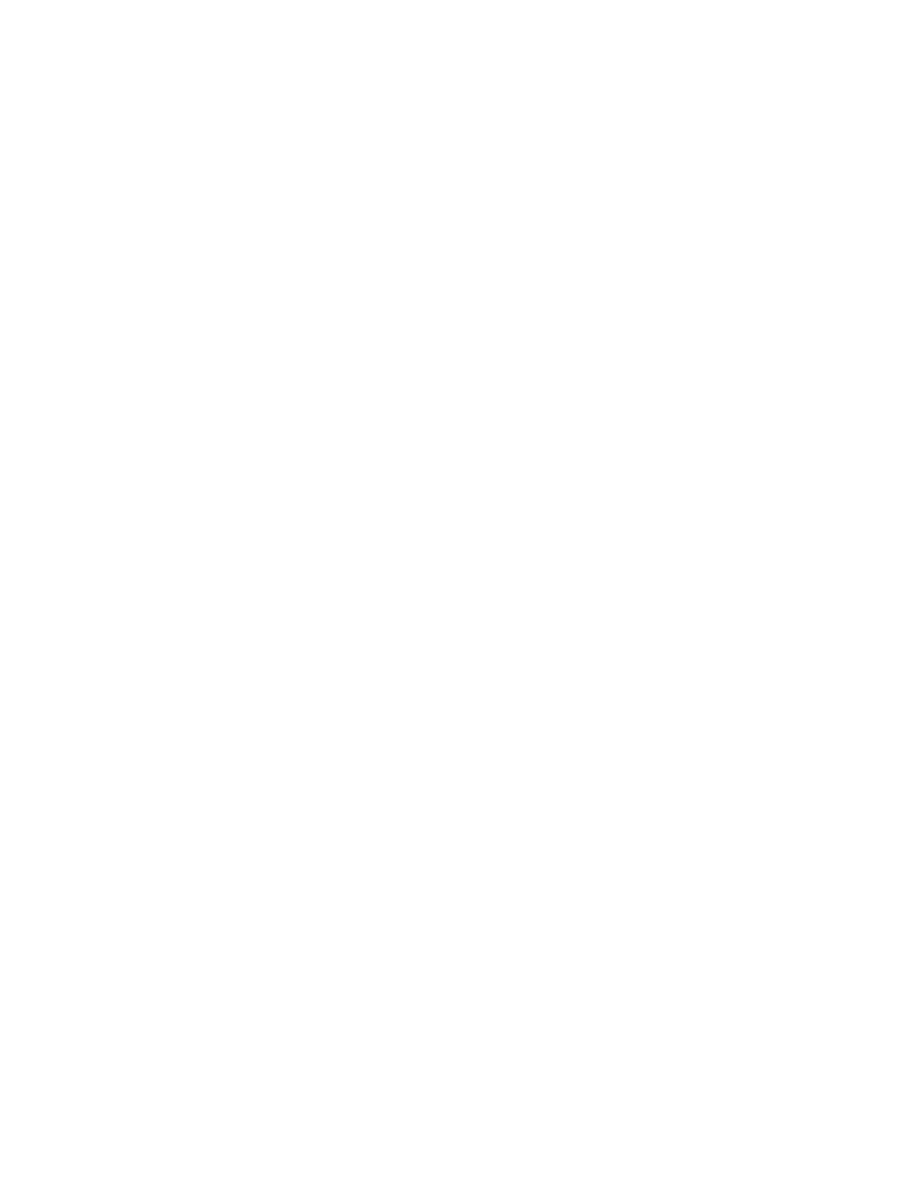
DOFMaster
for Windows
On-line
Depth of Field
Calculator
DOFMaster for Mobile Devices
On-line
Depth of Field
Table
Hyperfocal
Distance Chart
Articles
FAQ
Recommended
Books
Support
Contact
Links
Home
for Windows
On-line
Depth of Field
Calculator
DOFMaster for Mobile Devices
On-line
Depth of Field
Table
Hyperfocal
Distance Chart
Articles
FAQ
Recommended
Books
Support
Contact
Links
Home
As an Amazon Associate I earn from qualifying purchases.
![]()
a hinged glass cover. `The original to be copied is placed
on the bed and the glass cover is closed When the cover
is closed, the bed squeezes the original against the glass
cover to flatten and hold it in place.
piece of paper and fasten it to the copyboard.
This eliminates the need for a glass cover. After the copy
is placed on the copyboard, the pump is turned on and
the vacuum holds the original in place.
pushpins. When it is not permissible to put holes in the
edges of the original, then double-sided tape may be an
original can be held in place with bar magnets.
a sheet of softwood or cork. The surface should be
painted flat black, never white. A white, or even
light-colored copyboard, reflects too much light into the
camera lens, causing flare and troublesome reflections.
the shadows. A black copyboard minimizes flare.
blades to clean the glass. They may scratch it. When you
have to scrape the glass, use your fingernail or an orange
stick.
excessively long exposures. Another principle
requirement of the light source is to produce a light with
a color temperature suitable for the type of film being
used.
type of bulb is used, the need for external reflectors is
type of bulb because the built-in reflector does not
extend the full length of the bulb, and stray light may
reach the lens and cause flare.
which are parallel to the edges of the copyboard. The
size of the tubes and their distance from the copyboard
are governed by the size of the original to be copied.
Because this type of lighting setup is not easy to adjust,
it is best used when the size of the originals to be copied
does not vary much from one to another. Because of its
diffused nature, fluorescent lighting is suitable for
copying originals with a textured surface that must be
eliminated in the finished print. Regular fluorescent
lights should not be used when shooting color film
because it is difficult to color correct them accurately.
index (CRI) should be used whenever possible. When
ordinary fluorescent lamps are used, consult the
Photo-Lab-Index to determine what filter should be
used as a starting point for the type of film you are using.
electronic flash unit allows for extremely short
exposures that can be helpful for shipboard photolabs
when the ship is underway. The flash unit is balanced
for daylight color film and does not produce the heat
associated with tungsten or quartz bulbs.
original. The task can be made easier if you use studio
electronic flash units with built-in tungsten modeling
lights. With this type of lighting unit, the modeling light
can be used to position the lights accurately for even
illumination of the original. Even with this, the light may
have to be heavily diffused to prevent "hot spots." A hot
causing an unwanted reflection that is noticeable in the
final copy product.
Basic Photography Course

As an Amazon Associate I earn from qualifying purchases.
WWW.DOFMASTER.COM
© 2006 Don Fleming. All rights reserved.
© 2006 Don Fleming. All rights reserved.